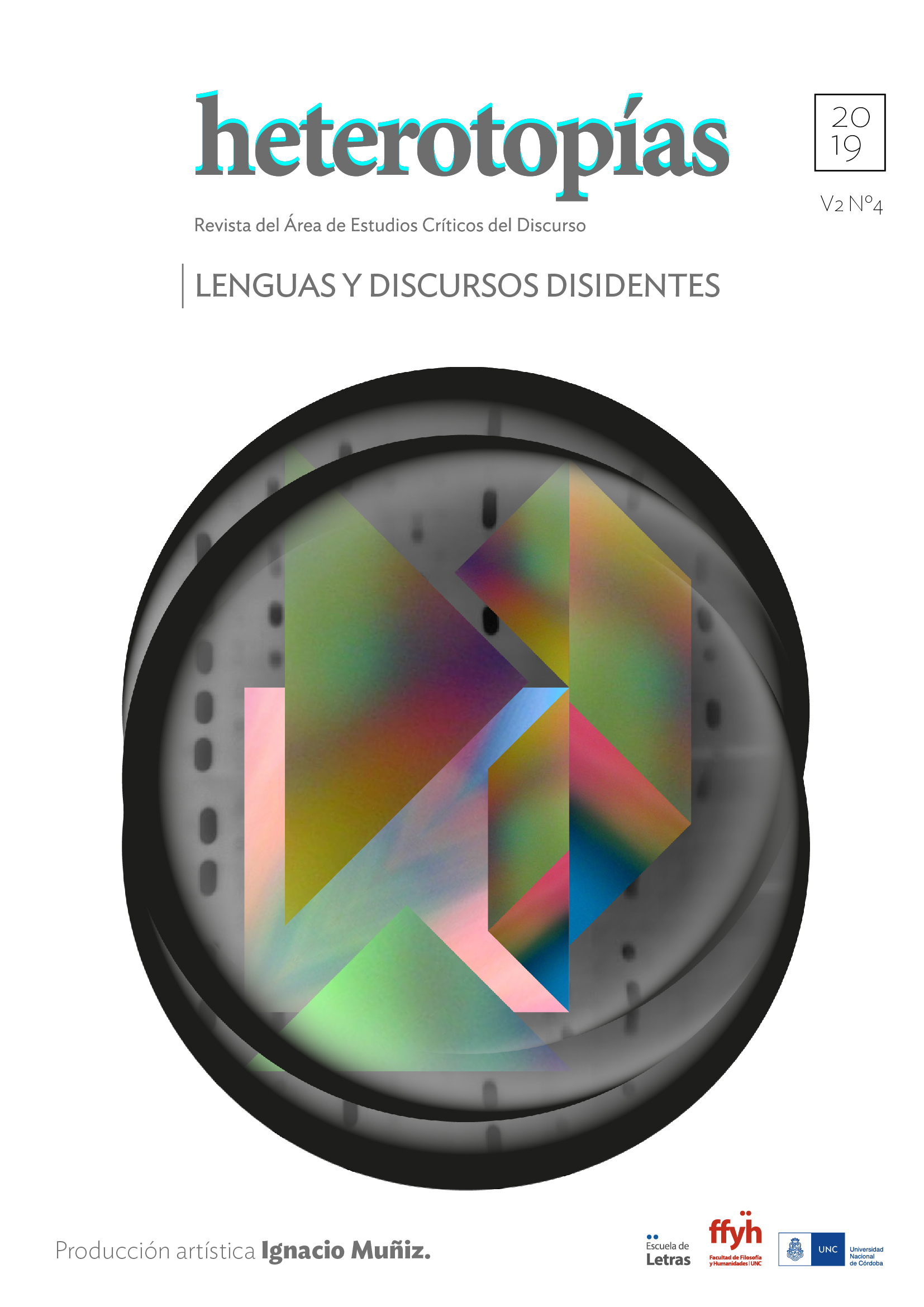Naming violence: reflections around Malvinas post-war rumour
Main Article Content
Abstract
At the end of the Malvinas war, a macabre rumor ran. A soldier, who had lost both legs in the war, called his parents from the hospital and, without telling them what had happened to him, asked them for permission to house a comrade who had returned in that condition. When his parents refused to do so, he told them it was really him. Then, he hanged and killed himself.
The story, with variants, circulated throughout Argentina, and appears in testimonies of former combatants even today. From this finding, this paper proposes to explore the "likelihood conditions" of the rumor. There were a large number of elements that contributed to the elaboration of this story as believable one. First, the figure of the mutilated was one of the vehicles to narrate modern wars, as a symbol of the impact on people's lives. The rumor threaded a plot made of memories, visual images, texts and war experiences with the history of the postwar period. This is a look at the Malvinas war but also about the transition to democracy: the metaphor of the injured young man who is not received speaks not only about the return from the islands, but about the emerging state terrorism society, unable to talk about violence as it was not in language of the victims.
Downloads
Article Details
Section
Those authors who have publications with this journal, accept the following terms: Those authors who have publications with this journal, accept the following terms:
a. The authors will keep their copyright and guarantee to the journal the right of first publication of their work, which will be simultaneously subject to the Creative Commons Attribution - Non-Commercial - Share Alike (by-nc-sa) Attribution License; no commercial use of the original work or any derivative works is allowed, the distribution of which must be done with a license equal to the one that regulates the original work.
b. Authors may adopt other non-exclusive license agreements for the distribution of the published version of the work (e.g., deposit it in an institutional telematic archive or publish it in a monographic volume) provided that the initial publication in this journal is indicated.
c. Authors are allowed and recommended to disseminate their work through the Internet (e.g. in institutional telematic archives or on their website) before and during the submission process, which may lead to interesting exchanges and increase the number of citations of the published work. (See The effect of open access).
How to Cite
References
Baschetti, R. (Comp.). (2003). Campana de palo. La Plata: Editorial de la Campana.
Berger, J. (2011). Con la esperanza entre los dientes. Buenos Aires: Alfaguara.
Bloch, M. (2003). La extraña derrota. Barcelona: Crítica.
Eksteins, M. (abril, 1980). All Quiet on the Western Front and the Fate of a War. Journal of Contemporary History, 2(15).
Ginzburg, C. (1991). El queso y los gusanos. El cosmos, según un molinero del siglo XVI. Barcelona: Muchnik.
Halperín Donghi, T. (1990). Argentina en el callejón. Buenos Aires: Ariel.
Hass, K. A. (1998) Carried to the Wall. American Memory and the Vietnam Veterans Memorial. Berkeley: University of California Press.
Horowicz, A. (2012). Las dictaduras argentinas. Historia de una frustración nacional. Buenos Aires: Edhasa.
Lorenz, F. (2017), La llamada. Historia de un rumor de la posguerra de Malvinas. San Miguel de Tucumán: EDUNT.
Owen, W. (1988). The Parable of the Old Man and the Young. En Selected Poetry and Prose. Londres: Routledge.
Sarlo, B. (2012). Tiempo pasado. Cultura de la memoria y giro subjetivo. Una discusión. Buenos Aires: Siglo XXI.
Schmucler, H. (abril, 1995). Formas del olvido. Confines. 1(1). Buenos Aires.
Thompson, E. P. (1989). La formación de la clase obrera en Inglaterra. Barcelona: Crítica.
